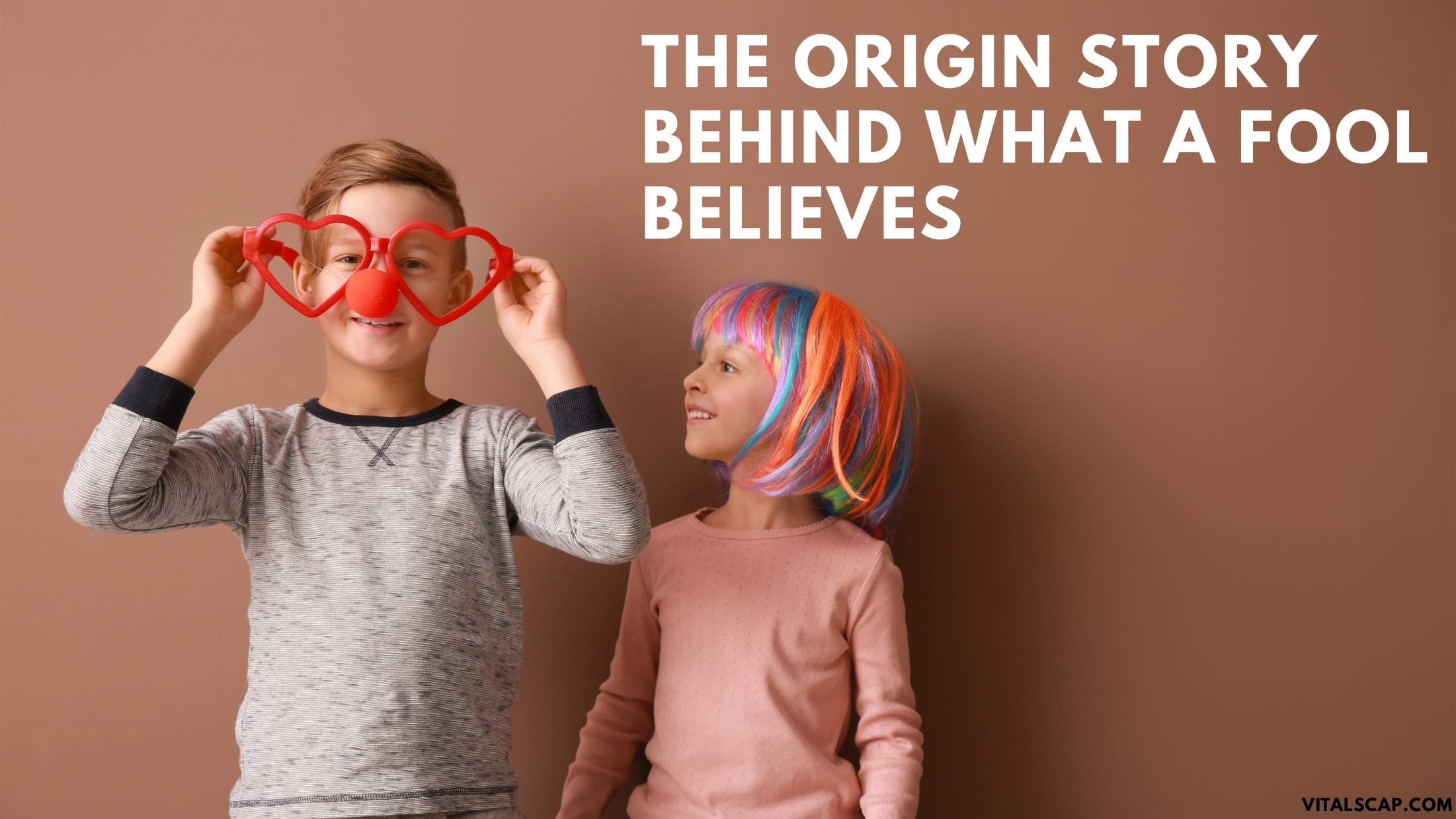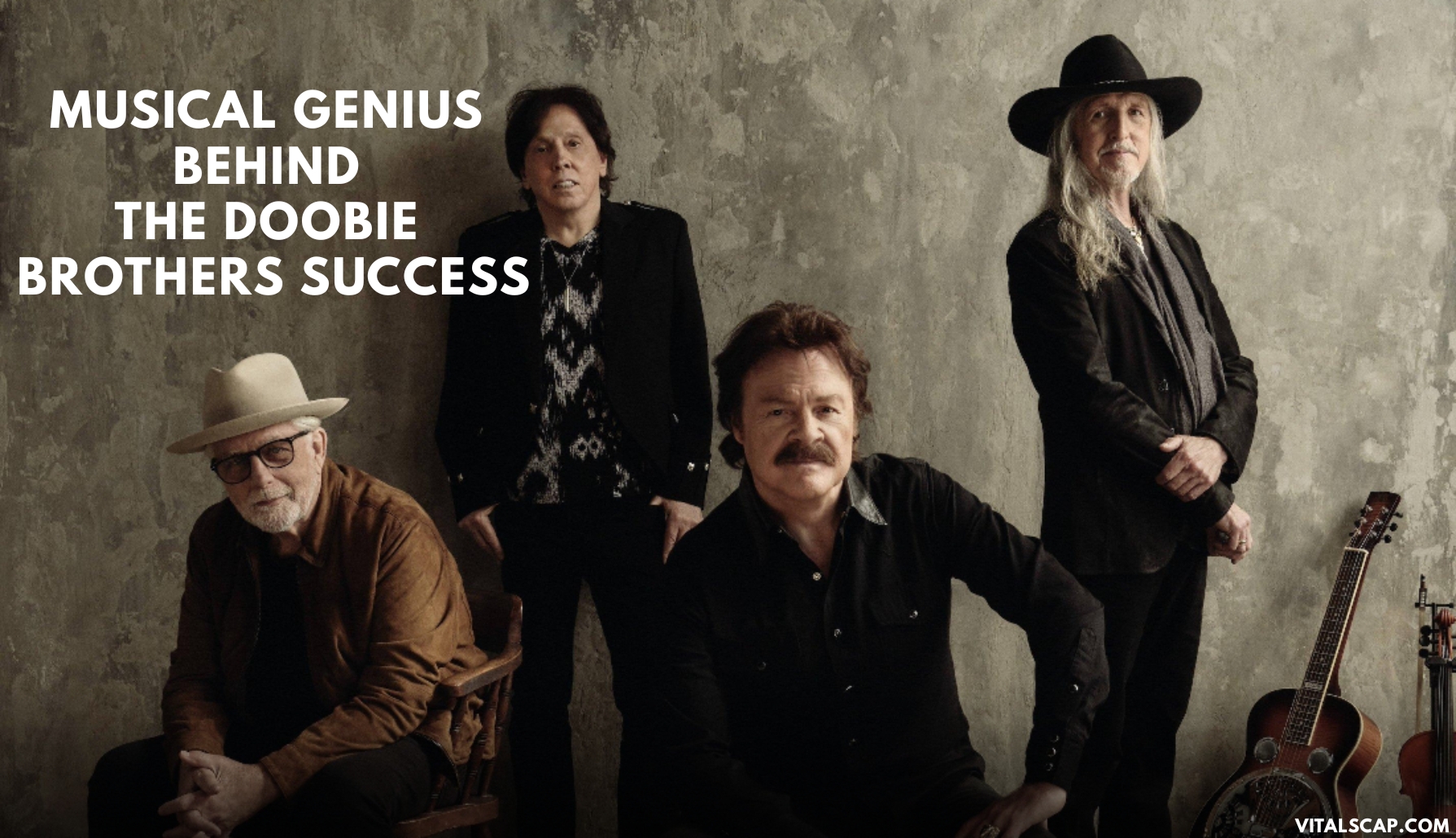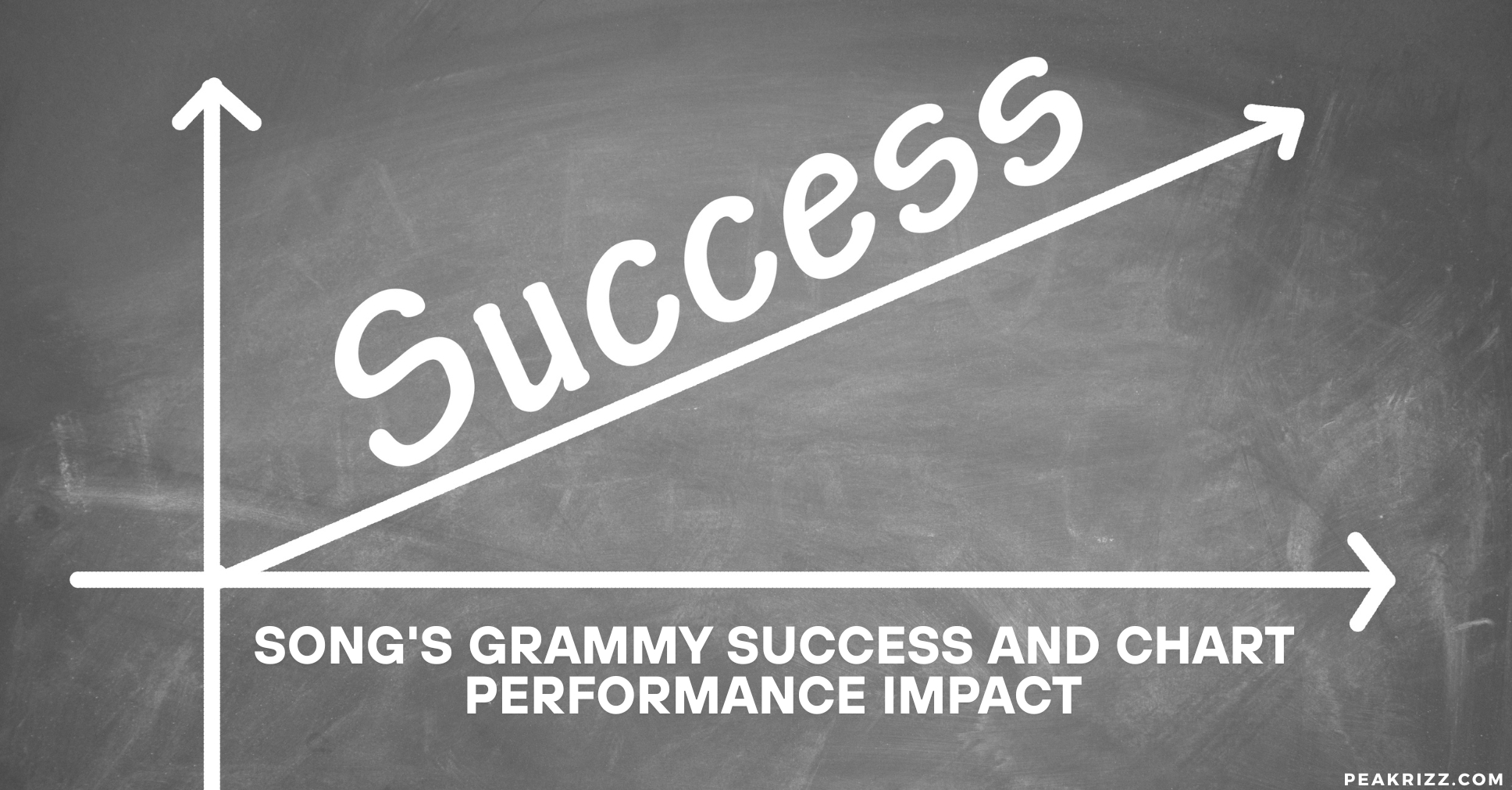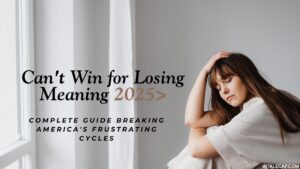Ever caught yourself overanalysing your ex’s Instagram post, wondering if that sunset photo means they’re thinking about you? Welcome to what a meaning territory, where innocent interactions become romantic revelations. The Doobie Brothers captured this dangerous psychology in their 1979 Grammy-winning masterpiece.
Their soft rock anthem explores how we misread signals and create false beliefs about romantic interest. Understanding this Doobie Brothers what a fool believes meaning reveals profound insights into self-deception and why we continue falling for these emotional perspective traps in 2025’s digital dating landscape, transforming basic kindness into imagined romantic possibility.
The Origin Story Behind What a Fool Believes

The what a fool believes meaning origin traces back to Kenny Loggins’ personal experience encountering someone from his past. Loggins initially conceived the song after misinterpreting a woman’s politeness as romantic interest. This sparked collaboration with Michael McDonald creating one of music’s most psychologically accurate explorations of self-deception.
McDonald brought distinctive vocal style and refined emotional nuance. Together, they crafted lyrics capturing the specific brand of romantic delusion we all recognize but rarely discuss openly in relationships.
| Song Development Timeline |
| 1978: Initial concept by Kenny Loggins |
| Late 1978: Collaboration with Michael McDonald begins |
| 1979: Recording and release |
| February 1979: Reaches #1 on Billboard Hot 100 |
| 1980: Wins Grammy Awards for Song and Record of the Year |
Creative Collaboration Between Musical Legends
Kenny Loggins and Michael McDonald created more than a hit; they crafted a psychological study set to music. Their songwriting process involved multiple sessions refining what a fool believes lyrics to capture exact emotional states of romantic denial.
The collaboration’s brilliance lies in balancing empathy with brutal honesty, creating narratives making listeners simultaneously sympathize with and learn from the protagonist’s mistakes. This partnership produced one of popular music’s most enduring explorations of relationship misunderstandings and human psychology.
Musical Genius Behind The Doobie Brothers Success

The Doobie Brothers – What a Fool Believes represents masterclass storytelling through music. The song dissects how loneliness creates elaborate false beliefs about past relationships. What a fool believes lyrics meaning genius lies in psychological accuracy rather than abstract poetry.
The narrative follows a man encountering a woman from his past. She’s polite, perhaps warm, but he misreads gestures as romantic invitations. This misunderstanding becomes the foundation for renewed hope existing nowhere but imagination, creating cycles of self-deception many recognize.
What is What a Fool Believes Really About?
The song explores dangerous territory where hope meets self-deception. According to Dr. Helen Fisher, “The brain circuits for romantic love override logic and create elaborate fantasies from minimal interaction.” The protagonist’s journey represents the universal human experience of misreading social cues and constructing romantic narratives from polite fragments.
What a fool believes meaning reddit discussions focus on this relatability factor, with users sharing experiences of romantic misinterpretation and painful lessons learned. This psychological accuracy explains the song’s cultural relevance across generations.
More Post: What Is The Meaning of Homogenized Milk? Complete Analysis 2025 for American Families
The Universal Story of Romantic Misinterpretation
What a fool believes lyrics tell deceptively simple stories revealing complex psychological truths. Casual interactions become romantic resurrection through desperate hope and emotional vulnerability transforming innocent gestures.
Psychology Behind As He Rises to Her Apology
The phrase “as he rises to her apology” represents the song’s most psychologically complex moment. This line suggests she’s backing away, realizing she’s given wrong impressions. Her “apology” indicates recognition of misunderstanding created through politeness.
However, he “rises” to this apology, elevating himself through false hope. Instead of recognizing retreat as discomfort evidence, he interprets awkwardness as proof of deeper struggling feelings. This moment perfectly encapsulates the entire song’s meaning about romantic delusion and self-deception.
Psychology Behind Romantic Self-Deception
Dr. Robert Sternberg reveals how romantic delusion operates on multiple cognitive levels simultaneously. The fool doesn’t simply misinterpret interactions; he creates entire narrative frameworks reframing gestures through desperate longing. Her kindness becomes suppressed affection evidence, politeness transforms into romantic invitation, obvious discomfort suggests internal conflict about rekindling romance.
This systematic misinterpretation demonstrates how loneliness rewires reality perception. The lyrics capture cognitive distortion with remarkable accuracy, showing how minds protect themselves from rejection by creating comfortable fantasies.
Understanding the Cognitive Distortion Process
Modern neuroscience confirms the song’s psychological insights about desperation affecting social interaction interpretation. The brain literally rewrites encounters to provide emotional comfort and protection.
How Modern Technology Amplifies Ancient Romantic Delusions?
Today’s digital dating provides infinite opportunities for same self-deception explored in 1979. Social media interactions become loaded with imagined significance, delayed responses interpreted as strategic flirtation, professional networking transforms into romantic possibility. What a fool believes meaning reddit discussions center on modern applications, with users sharing stories of misreading Instagram likes, analyzing emoji choices for hidden meanings, constructing elaborate theories about online behavior. Core psychology remains unchanged while technology provides new venues for romantic fantasy construction.
Cultural Impact and Cover Versions Legacy
What a fool believes cover versions span decades and genres, each bringing unique interpretations while honoring original psychological insight. Aretha Franklin’s soulful rendition emphasized the woman’s perspective on uncomfortable interaction, while George
Benson’s jazz interpretation focused on musical sophistication underlying emotional complexity. Each cover reveals new layers of emotional perspective embedded in original songwriting. The song’s enduring appeal lies in universal applicability; we’ve all been the fool, making covers deeply personal for performing artists and audiences.
The Song’s Influence on Music History
Music historian Robert Christgau noted the song succeeds because it doesn’t mock the fool while clearly showing his delusion, creating lasting emotional impact.
More Post: What is the Opposite Meaning of Still? Complete Guide 2025 to Multiple Antonyms
What a Fool Believes in 2025’s Digital Dating Era
The meaning evolved dramatically with technology while underlying psychology remains identical. Dating apps create infinite misunderstanding and romantic self-deception opportunities on unprecedented scales. That non-responding match is obviously busy; photo-liking people avoiding meetings are clearly playing strategic games.
Dr. Helen Fisher observes technology gave sophisticated new ways to be fools in love, but brain circuits driving romantic delusion remain exactly same. We still project deepest desires onto minimal interaction through digital behaviors.
Expert Recommendations for Avoiding the Fool’s Trap
Dr. John Gottman offers practical advice: “Focus on consistent behavior patterns, not creative interpretation of isolated incidents. Genuinely interested people make sustained effort spending quality time together.” Avoiding romantic delusion requires accepting uncomfortable truths about actual romantic significance to others.
Genuine connection needs mutual investment, clear communication, reciprocal interest rather than persistent hope and elaborate fantasy construction. Practical strategies include asking direct questions instead of creating theories, paying attention to consistent patterns rather than isolated incidents.
Practical Strategies for Reality-Based Dating
Dr. Eli Finkel explains healthiest relationships form when both people feel actively chosen. Focus energy on people demonstrating clear, consistent interest rather than tolerating attention.
More Post: What Does Crash Out Mean in 2025: Complete Guide to Gen Z’s Viral Emotional Expression
Song’s Lasting Legacy and Musical Achievement
What a Fool Believes reached #1 on Billboard Hot 100 and won prestigious Grammy Awards for Song of the Year and Record of the Year in 1980. Remarkable commercial success perfectly matched profound psychological insight, proving mainstream audiences craved honest, sophisticated exploration of complex relationship dynamics rather than simple romantic fantasy.
The Doobie Brothers’ artistic transformation through this hit marked evolution from straightforward rock to sophisticated soft rock influencing countless future artists. Michael McDonald’s distinctive vocals created entirely new templates for expressing romantic vulnerability.
Life Lessons from What a Fool Believes
The song’s figurative meaning offers harsh but necessary wisdom about love and healthy relationships. Real romantic connection requires genuine mutual interest from both parties. Authentic relationships depend on clear, honest communication rather than elaborate signal interpretation.
Romantic delusion ultimately serves no one, creating unnecessary pain for deluded fools and objects of unwanted attention. Understanding what a fool believes lyrics meaning genius provides practical roadmaps for developing healthier relating patterns. Personal growth comes through courageously releasing protective fantasies shielding egos but preventing genuine connections.
Building Authentic Romantic Connections
The lyric analysis suggests focusing romantic energy on people demonstrating clear interest rather than those merely tolerating persistent attention through healthy relationship foundation.
Song’s Grammy Success and Chart Performance Impact

What a Fool Believes dominated music charts worldwide, spending weeks at #1 on Billboard Hot 100 during 1979. The song’s Grammy Award wins for both Song of the Year and Record of the Year in 1980 validated its artistic merit beyond commercial success. This achievement marked The Doobie Brothers’ transition from rock band to soft rock sophisticates.
The pop rock masterpiece influenced countless artists and established new standards for emotional vulnerability in mainstream music. Critics praised the songwriting complexity while audiences connected with universal themes of romantic delusion and self-deception.
Evolution of The Doobie Brothers Through This Hit
Before Michael McDonald joined, The Doobie Brothers focused primarily on guitar-driven rock with different vocalists. McDonald’s arrival transformed their sound completely, introducing blue-eyed soul elements that would define their most successful period. What a fool believes cover versions by other artists proved the song transcended the band’s original rock identity.
This transformation demonstrated how single songs can reshape entire musical careers. The collaboration with Kenny Loggins opened new creative territories, establishing McDonald as premier vocalist capable of conveying complex emotional perspective through sophisticated pop rock arrangements and nuanced delivery.
The Band’s Musical Identity Transformation
Michael McDonald’s distinctive vocal style didn’t just change The Doobie Brothers’ sound; it created an entirely new template for expressing romantic vulnerability in music.
More Post: What Is the Meaning of Three Crosses? Complete Symbolism Guide 2025
Fool Believes Resonates Across Generations
The what a fool believes meaning reddit discussions reveal how each generation finds new relevance in the song’s psychological insights. Baby Boomers connect with the 1970s nostalgia and soft rock sophistication. Generation X appreciates the lyrics’ brutal honesty about relationship misunderstandings.
Millennials and Gen Z discover parallels with modern dating app culture and social media misinterpretation. The song’s exploration of self-deception remains timeless because human psychology changes slowly while technology evolves rapidly. Each generation faces similar challenges with romantic delusion, just through different mediums and cultural contexts.
Generational Connections to the Song’s Message
Cultural references may change, but the core psychology of misreading romantic signals and creating false beliefs about others’ feelings remains constant across decades.
Frequently Asked Questions
Who originally sang What a Fool Believes?
The Doobie Brothers featuring Michael McDonald originally recorded it in 1978, co-written by Kenny Loggins and McDonald.
What inspired the song’s creation?
The what a fool believes meaning origin stems from Kenny Loggins’ personal experience misreading romantic signals from someone in his past.
Why does the song remain relevant today?
Human psychology evolves slowly while technology changes rapidly. We still create false beliefs about romantic interests despite new communication methods.
What’s the main message about relationships?
The song warns against constructing fantasies from fragments of kindness, advocating for relationships built on mutual interest.
What does “as he rises to her apology” mean?
This phrase captures the moment he misinterprets her retreat as evidence of deeper feelings, elevating himself through false hope.
Conclusion
What a Fool Believes remains brutally relevant in 2025’s complex digital dating landscape. The song’s unflinching exploration of romantic delusion warns against constructing elaborate fantasies from fragments of basic kindness. Understanding its profound meaning helps us recognize when we’re becoming the fool, enabling healthier relationships built on genuine mutual interest rather than persistent wishful thinking.
True romantic connection requires courage to face uncomfortable reality over comfortable self-deception, making this 1979 masterpiece timelessly valuable for modern daters seeking authentic connections.
More Post:

Passionate about innovation and growth. Dedicated to managing, optimizing, and creating seamless experiences while supporting diverse content and users with professionalism and clarity every day.








